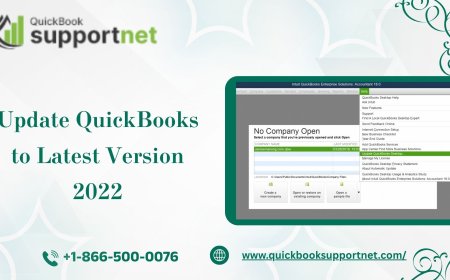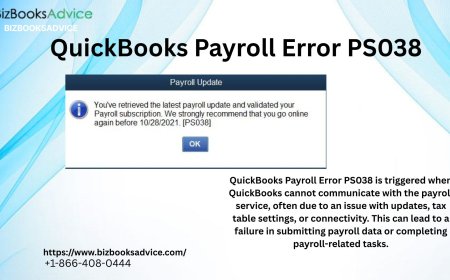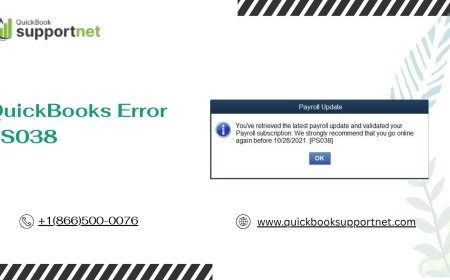How Mindfulness-Based Stress Reduction Can Transform Your Mental Health
Discover how mindfulness-based stress reduction can transform your mental health with practical anti-stress exercises, reducing stress symptoms and boosting well-being.

I was the person who thrived on chaos until the chaos caught up with me.
A fellow developer friend, on realizing that non-stop coding wasnt the same as non-stop productivity.
If youve ever felt that sinking feeling when deadlines loom, notifications ping relentlessly, or your mind just wont switch off, youre in good company. In the fast-paced world of IT, we prize agility and problem?solving but we rarely pause to address one of our biggest challenges: stress. In this post, Ill walk you through how mindfulness based stress reduction (MBSR) can be your secret weapon for reducing stress, easing stress symptoms, and cultivating real mental resilience.
What Is Mindfulness-Based Stress Reduction?
At its core, MBSR is an anti stress program rooted in mindfulness meditation, gentle yoga, and body-awareness techniques. Developed by Dr. Jon Kabat-Zinn in the late 1970s, it teaches you to observe your thoughts and feelings without judgment so you can respond rather than react when stress strikes. Instead of letting a bug in your code spiral into panic, you learn to notice the tightness in your shoulders or the racing in your mind, and then gently guide your focus back to the present.
The Science Behind Reducing Stress and Stress Symptoms
Research shows that regular practice of mindfulness can lower cortisol (the stress hormone), improve sleep quality, and even rewire parts of your brain tied to emotion regulation. For IT professionals coping with burnout or constant context-switching, these changes translate into:
- Sharper focus on complex tasks
- Better mood stability, even during crunch time
- Less physical tension, so headaches and neck pain dont derail your day
When you recognize early stress symptoms like a clenched jaw or shallow breathing you can apply a simple mindfulness exercise before your body floods with cortisol. Over time, this rewiring makes it easier to stay calm during code reviews, standups, or emergency server fixes.
Simple Mindfulness Exercises for Busy IT Professionals
- The 3?Breath Reset
- Pause your IDE or step away from your desk.
- Inhale deeply for a count of four, hold for two, exhale for six.
- Repeat three times, noticing how your chest and belly expand.
- Close your eyes for 60 seconds.
- Scan from your toes up to your forehead, noticing tension.
- Consciously relax any tight spots.
- Before hitting Send, take one deep breath.
- Read your draft slowly; notice any stress?driven phrases.
- Edit with clarity and compassion for yourself and others.
These mindfulness exercises fit into sprint cycles, standups, or even waiting for a server to spin up. Theyre small pockets of calm that cumulatively shift your baseline stress level downward.
Integrating MBSR into Your Daily IT Workflow
- Morning Ritual: Begin with 5 minutes of seated breathing before firing up your workstation.
- Code Review Breaks: After reviewing someone elses PR, take two mindful breaths to reset.
- Lunch Pause: Swap scrolling social media for a guided body-scan your shoulders will thank you.
- End?of?Day Reflection: Journal briefly on one thing that went well and one thing you learned.
Over weeks, these tiny changes compound. Youll notice even high?pressure releases feel more manageable, and stress doesnt cling like it used to.
Real-Life Transformation: A Case Study
Meet Priya, a full?stack developer I coached. When she started, she was clocking 60?hour weeks, surviving on caffeine, and complaining of chronic back pain. After eight weeks of MBSR:
- She cut her commute meditation from 15 to 5 minutes and felt more energized by 9 AM.
- Her back pain eased by 40%, thanks to mindful stretching breaks.
- Team members commented on her newfound calmness during late?night deploys.
Priyas story shows that even a hectic tech schedule can accommodate mindfulness based stress reduction and yield real mental health wins.
Overcoming Common Challenges
- I dont have time. Start with just one minute. A single mindful breath is better than none.
- My mind wanders immediately. Thats normal! Each time you notice, youre strengthening your mental muscle.
- It feels awkward at work. Frame it as a micro?productivity hack: helping you code better, not sit cross?legged in the office.
Conclusion: Your Next Steps
You dont need an 8?week retreat to experience the benefits of mindfulness. Pick one exercise from above and try it tomorrow morning. Notice how your body and mind feel no judgment, just curiosity. Over time, as you weave these practices into your IT routine, youll find stress losing its grip and mental clarity becoming your default mode.
Ready to give it a go? Set a gentle reminder right now: take three mindful breaths before your next commit. Your mental health will thank you.







































